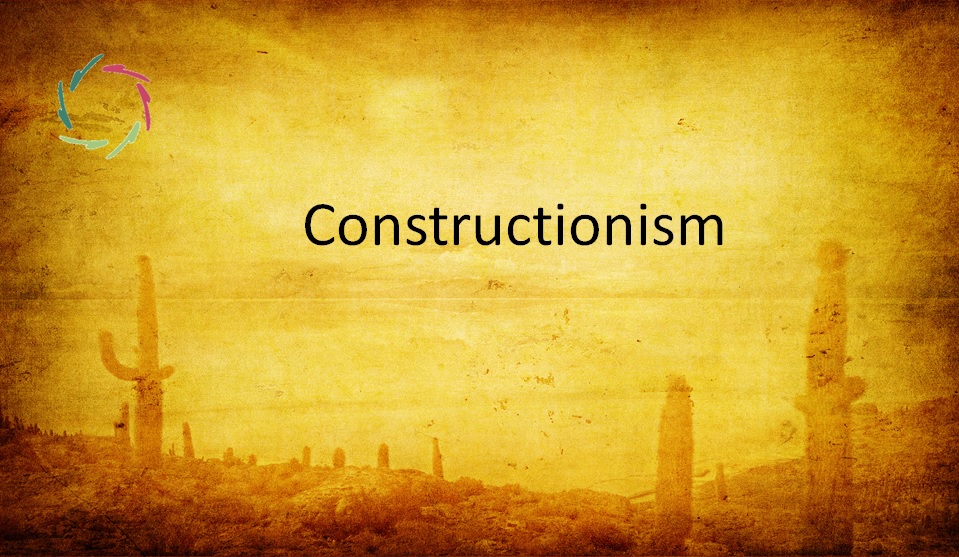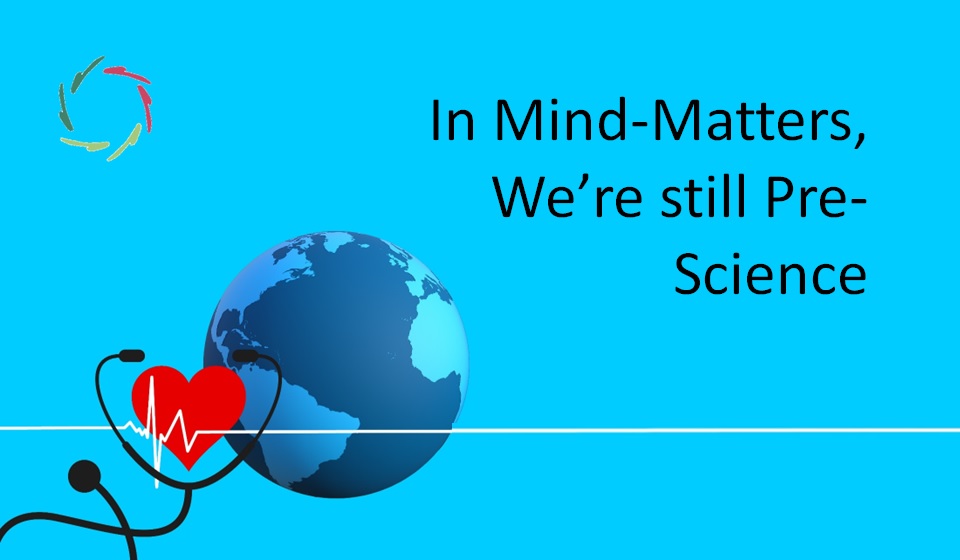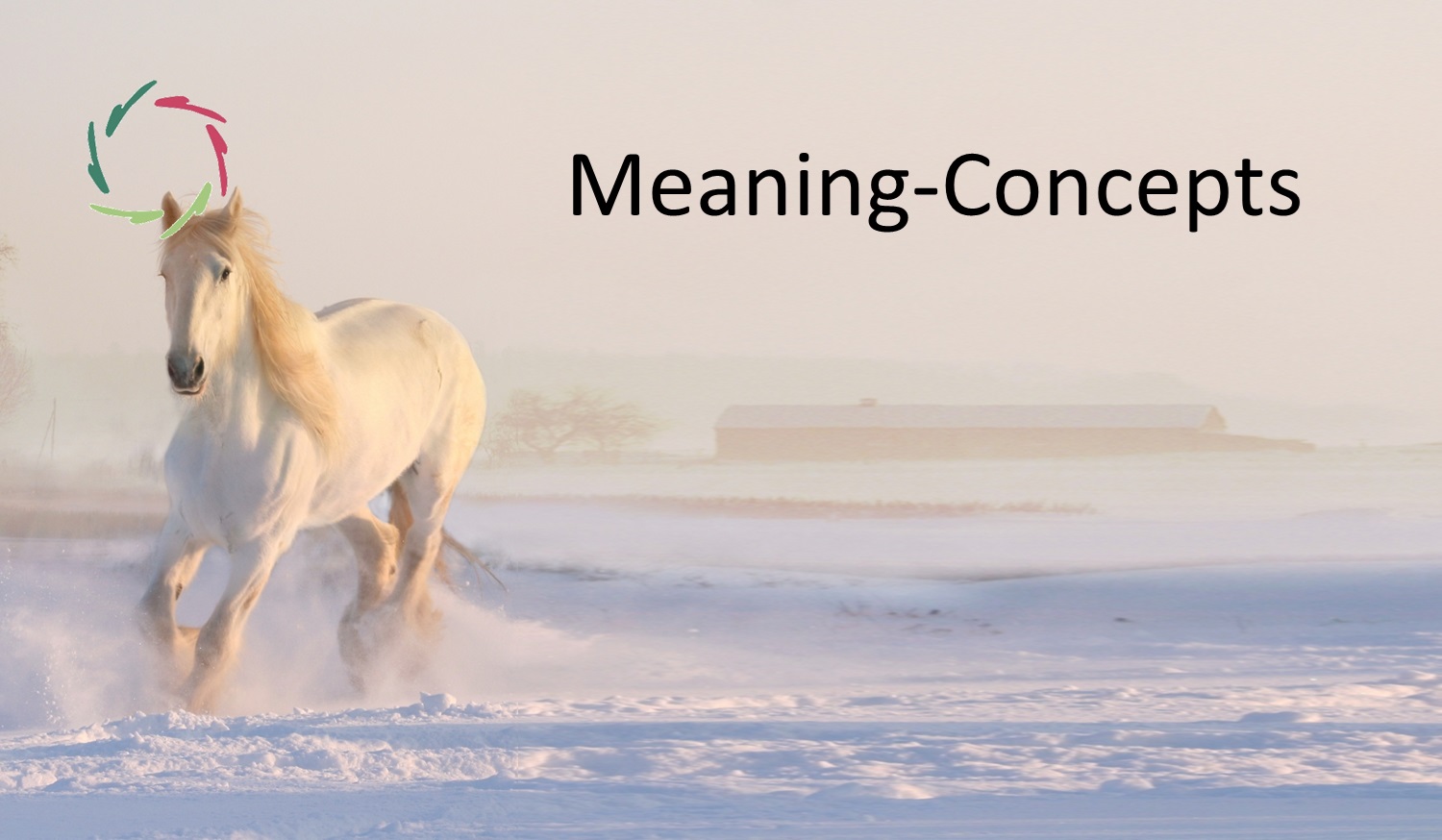Constructionism

Is reality itself a construction? Not as far as I know. Within reality, however, life carves its specific domain. Within this domain, human beings especially develop their many constructions ― as diverse as incompatible.
Some neurophysiology
Neurophysiologically, more information goes from the brain to the eyes than vice versa. Multiply honored prof. Semir Zeki introduced me to this in his wonderful writings decades ago. There is no denying it. The brain mainly looks at the brain, modulated by its visual field.
Neurophysiologically, at each moment, the brain perceives the environment partly in the immediate future, partly in the immediate past, constructing the present. That sounds weird? Two experiments may clarify a bit:
- Choose some spot at arm’s length in your environment. Go with your index finger to that spot. The finger doesn’t go in a straight line. That is because, in a cybernetic loop, your brain constructs an immediate future for your finger, then perceives the difference as feedback and again constructs the next immediate future. This future co-constructs at each moment your motivation to move.
- With the same index finger, now touch your nose. It feels like the feeling at your nose and at your finger happens at the same time. Nevertheless, the touchy information from your finger reaches your brain slightly after the one from your nose. More precisely: one arm’s length of neuronal pathway processing. It is your brain that constructs your conscious experience into one point in time.
These are only examples of how the brain works generally.
The brain does not only construct sensorial information but all information. The higher we go into the complexity of brain processing, the more we get into a realm of constructed reality. This accords to the working of our brain as a giant pattern recognizer, recognizing and completing preformed mental patterns. [see: “Human Brain: Giant Pattern Recognizer“]
It also accords with present-day science about nothing less than human feelings ― counterintuitive in the old model, but scientific to the core. [see: “Feeling without Feelings“]
This makes the brain-mind efficient, robust, and vulnerable at the same time. Vulnerable mainly in getting lost in its own constructions. The getting lost gets worse when consciousness enters the scene ― most of all in us, humans, of course.
We can get lost in a construction of constructions.
Contrary to a pretty clear view of reality, constructions don’t always easily fit well. They are brittle. They quickly need other constructions to keep standing.
And so on. And so on. The negative side of culture.
This poses a crucial question: To what degree is construction-upon-construction OK? Several Postmodernist philosophers have answered this in derogatory terms.
On the one side, we need culture just as we need each other.
On the other side, we shouldn’t be its slaves. Human beings are not to be convicts incarcerated in constructs. [see: “Are Cultures Compatible?”]
The primary construction is that of the idea that anything non-constructed is not worthy of attention. For instance, regular science then becomes a purely conceptual science, devoid of anything non-conceptual, therefore, of anything meaningful.
No wonder this leads to politics in which people rather choose for any science-loathing populist with at least some semblance of meaningfulness.
Health matters
No wonder it leads to meaning-devoid medicine and even meaning-devoid psychotherapy. In thousands of experimental studies, psychotherapeutic models and techniques are studied as separably self-sufficient, with crisp borders and content. In the same studies, therapists are regarded as annoyingly flexible, thus ‘unscientific.’ As if therapists are meaningless in relation to the used techniques, researchers try to filter their influence out of the study to get to the real thing.
Unfortunately, meanwhile, this supposedly real thing doesn’t seem to matter much. [see: “Psychotherapy vs. Psychotherapies“]
No wonder since it is a construct.
Meanwhile, there is no real opening of the subject/client/patient in this kind of cure. Constructs and associated technologies tend to stand in the way of reality and real human beings. Hm, are we running towards a future of worse?
Not necessarily.
Insight matters
Indeed, to attain sustainable healthcare (and politics, etc.) and, for each individual, sustainable health, we need to get closer to reality than just by accepting any acceptable construct, whether it be looking more like magic or science.
It doesn’t matter what it looks like. It matters what it is.
Out of reality, many incompatible constructs fight against each other (sometimes by ignoring each other). We’re not finished. Any new construct with just enough acceptability may join the crowd and become a new subject as well as an object of contention.
How much energy and money goes into this?
My quick guess: between 10% and 50%, worldwide. A pity, isn’t it?
Meanwhile, how many opportunities towards real progress are we missing?
Look at the future as our guest. We are the host. The future enters our home. We should let it be a home of fabulous opportunities,
not a house built on quicksand.


